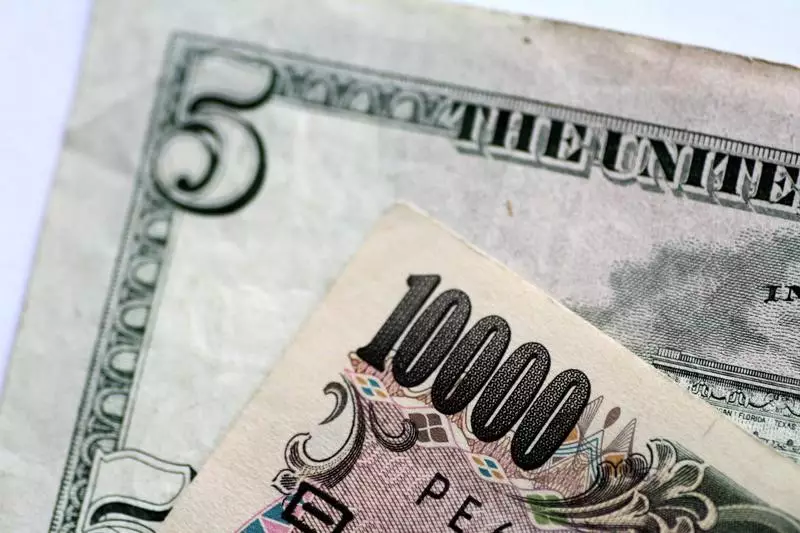The financial landscape in Asia has faced heightened volatility as various currencies weakened against the backdrop of a strong U.S. dollar. This downturn is largely attributed to the Federal Reserve’s stance on interest rates, which signals a more deliberate approach to rate reductions. As investors digest this news, a mixture of local political events and economic indicators has compounded the turmoil. The Japanese yen stands out as a focal point of this situation, exhibiting considerable strain as it grapples with domestic electoral politics and cautionary remarks from local officials regarding currency market interventions.
Particularly concerning for the yen is the looming general election in Japan, scheduled over the weekend, which is rumored to be a tightly contested affair. Polling data suggests that the ruling Liberal Democratic Party faces challenges in securing a parliamentary majority, potentially leading to a stalemate that could hinder Prime Minister Shigeru Ishiba’s aspirations for economic reform. In the wake of this uncertainty, the sentiment in the Japanese market has soured, with many investors opting for caution. This has left the yen trading near the 152 level against the dollar, which marks its weakest position in three months.
Recent consumer inflation data from Tokyo offers a mixed picture. Although inflation rates eased slightly, they remain below the Bank of Japan’s target of 2%, raising further concerns about the efficacy of current monetary policies and stifling optimism for further rate hikes. Moreover, the yen’s performance has been hampered by traders’ apprehension regarding potential governmental intervention in currency markets as Japan’s officials highlight the risks posed by the yen’s depreciation.
In stark contrast, the U.S. dollar index continues to register gains, bolstered by expectations of a slower pace of interest rate reductions and a strengthened view regarding enduring inflation rates. The dollar has risen approximately 0.6% this week, establishing itself for a fourth consecutive week of gains. The anticipation surrounding Donald Trump’s potential return to presidential office also stokes inflationary fears, suggesting that long-term interest rates may remain elevated regardless of the Federal Reserve’s current trajectory. Investor sentiment appears to favor the dollar in light of these developments, further amplifying pressures faced by regional currencies.
As Asian currencies navigate these turbulent waters, the downstream effects of U.S. economic policy are becoming increasingly evident. Most regional currencies, with the exception of the South Korean won which saw a modest increase, are heading towards weekly declines. The Chinese yuan has experienced a slight uptick, trading at a 0.1% rise on Friday, although it remains on shaky ground influenced by the forthcoming National People’s Congress, rescheduled for November.
The Australian dollar, alongside others such as the Singapore dollar and Indian rupee, faces fluctuating fortunes reflecting the overarching global monetary climate. The Australian currency dipped by 0.3%, while the Singapore dollar increased slightly by 0.2%. Meanwhile, the Indian rupee shows relative resilience, although it hovers close to record lows against the dollar, indicating persistent vulnerabilities.
Asian currencies currently find themselves in a precarious situation, grappling with the weight of a robust dollar and external political uncertainties. As the region approaches critical electoral events, particularly in Japan, the ramifications on monetary policy and currency stability are profound. Investors remain watchful, weighing the interplay between domestic electoral outcomes, geopolitical developments, and U.S. economic indicators. The path forward will require astute navigation through fluctuating economic landscapes, political tensions, and inflationary pressures, as regional currencies adapt to an evolving and increasingly complex financial environment.

